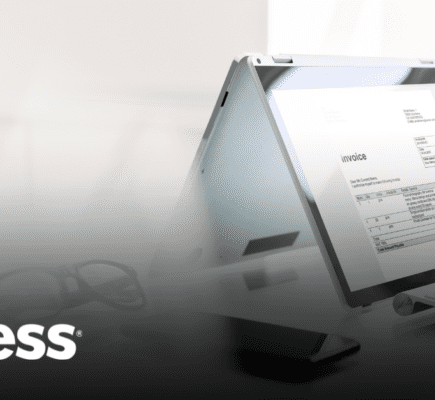
In 2020, the COVID-19 pandemic forced organizations to quickly act on how they must transform their business to be more collaborative and digital. We had to take a hard look at manual in-office processes, barriers to accessing corporate information and key productivity gaps caused by people now working remotely. This accelerated the realization that the power of technology is needed, but technology is only half the battle. User acceptance of change is the real driver to successful digital transformation.
Organizations have amassed an amazing amount of physical and digital records over time. These physical and digital records are stored offsite, onsite and in multiple repositories. They are frequently not properly classified which degrades the usefulness of these corporate assets. Records are often not governed to enable compliance to regulatory and business rules. This means organizations are likely incurring risk and additional costs by retaining records much longer than needed.
The 5 Keys and Tasks to Affecting Change
The effectiveness of digital transformation change must be specific, measurable, attainable, relevant, and timely. Defining realistic success criteria quantifies the expected impact (positively or negatively) on resources and costs. Monitoring and adjusting the process provides visibility to all involved, identifies areas of improvement and allows organizations to be more agile to quickly act and react.
Change Management is key to driving the end user adoption for any transformative change. Organizations need to consider behavior changes when setting the proper expectations for users. Change starts from the top of the organization and moves down. It should also be measurable to identify bottlenecks and celebrate success.
Change Management can be broken down into five tasks:
- Create Measurable and Realistic Goals
- Communicate the Change
- Train users across the organization
- Report, Then Tweak to Optimize Steps if Needed
- Rinse, Repeat
1. Create Measurable and Realistic Goals
Prior to rolling out new services or solutions, you need to identify use cases, which sets the tone for the change initiatives and inspires adoption. Goals should articulate the benefits, identify the pain points that might impact success, and define the success factors. Success criteria should be specific, measurable, attainable, relevant, and timely. Start with a small pilot project to gain valuable insight.
2. Communicate the Change
Awareness of the change through positive and time-sensitive messaging conveys the goals and expectations to users. It is important to identify the benefits of the changes to the organization and to individual users. This will help reduce the ambiguity and frustration and hopefully minimize the end user learning curve. The goal is to inform, involve, and inspire users. Communicate clearly and often so that everyone can stay abreast of the progress.
3. Train Users Across the Organization
Training should accommodate different learning styles, geographic locations, and audiences. Understand the role of the user in the organization, how often they perform tasks for their role, what systems they used to perform the role, when they perform the role, and how the change will affect their day-to-day activities. Training should include the “why”, the “how”, and the “what’s in it for me” elements of change.
4. Report, Then Tweak to Optimize if Needed
Developing success metric reporting allows you to validate readiness and adoption of the change as well as recognize if tweaks or optimizations are needed to ensure that overall goals are met by deadline and on budget.
5. Rinse, Repeat
This is not a one and done project. Policies and procedures need to be continually repeated and refined to measure usage and adoption.
How Access Can Help
Access provides a holistic approach to records management programs through our Managed Service offerings which strategically align with an organization’s digitization goals. Our methodology creates a value chain of continuous improvement, optimization and change management to integrate and automate record and information processes and deliver great service at a lower cost.
For more information about getting started with a digitization initiative, download our new eBook: Accelerating Digitization to Meet Today’s Remote Work Requirements




